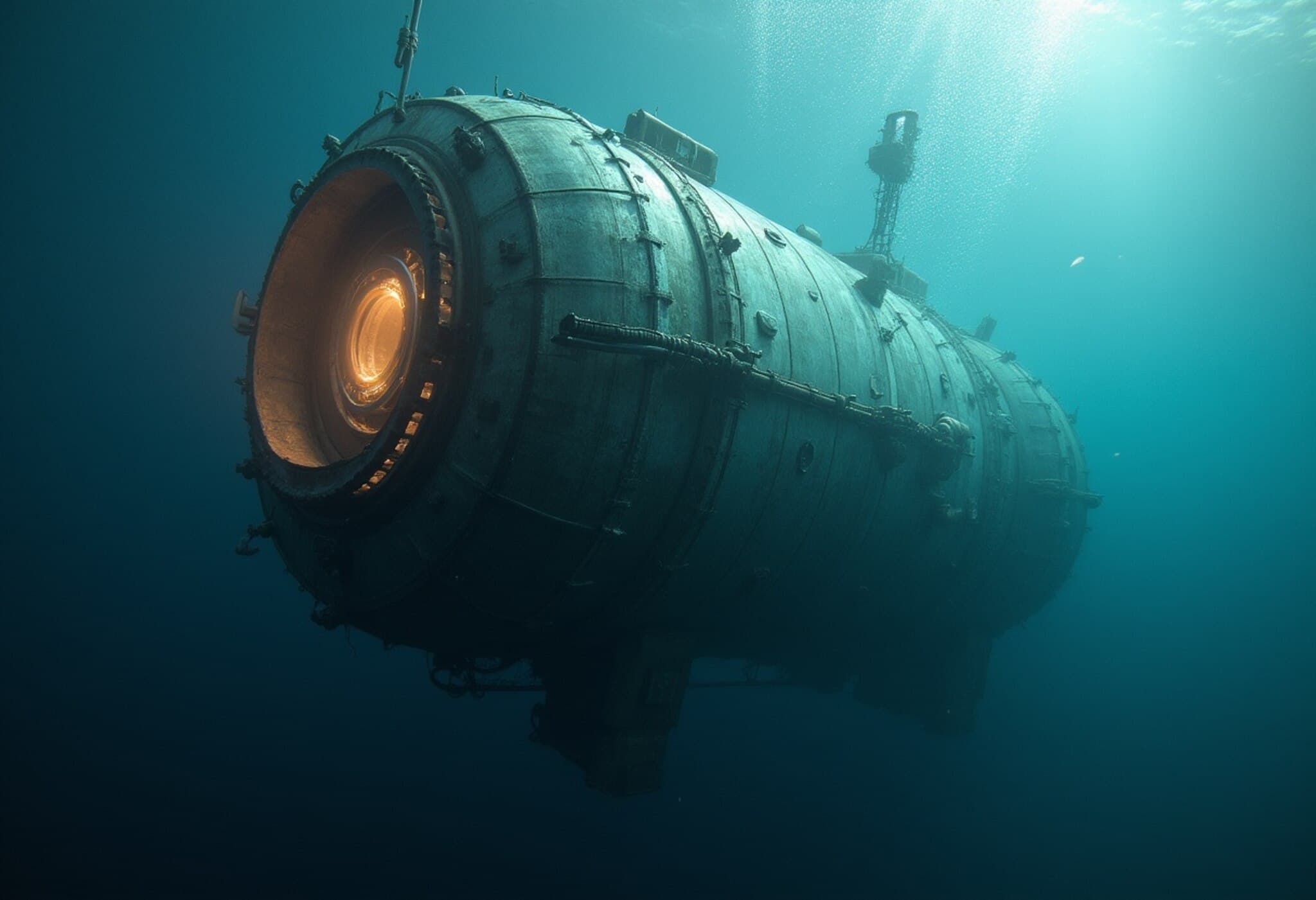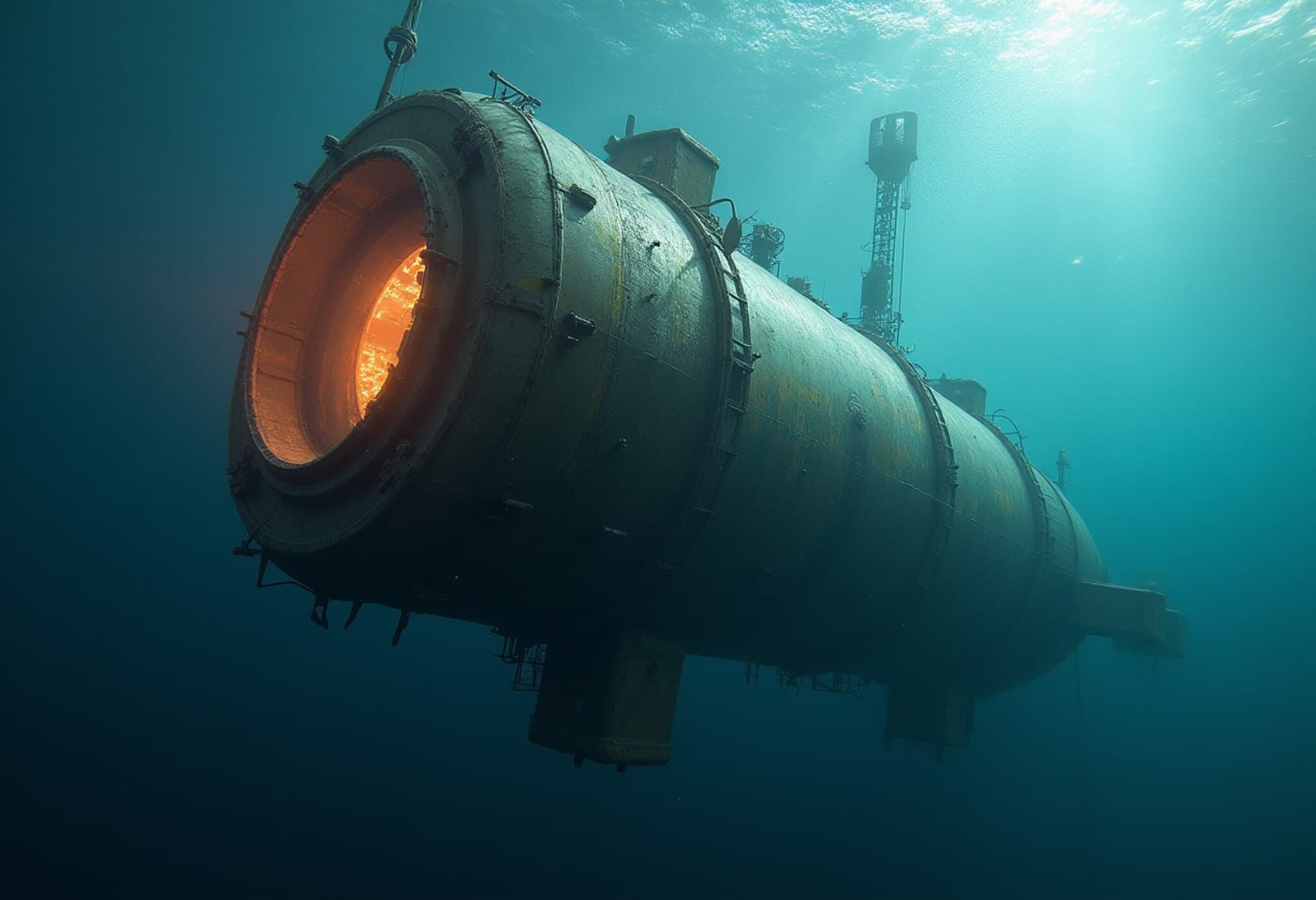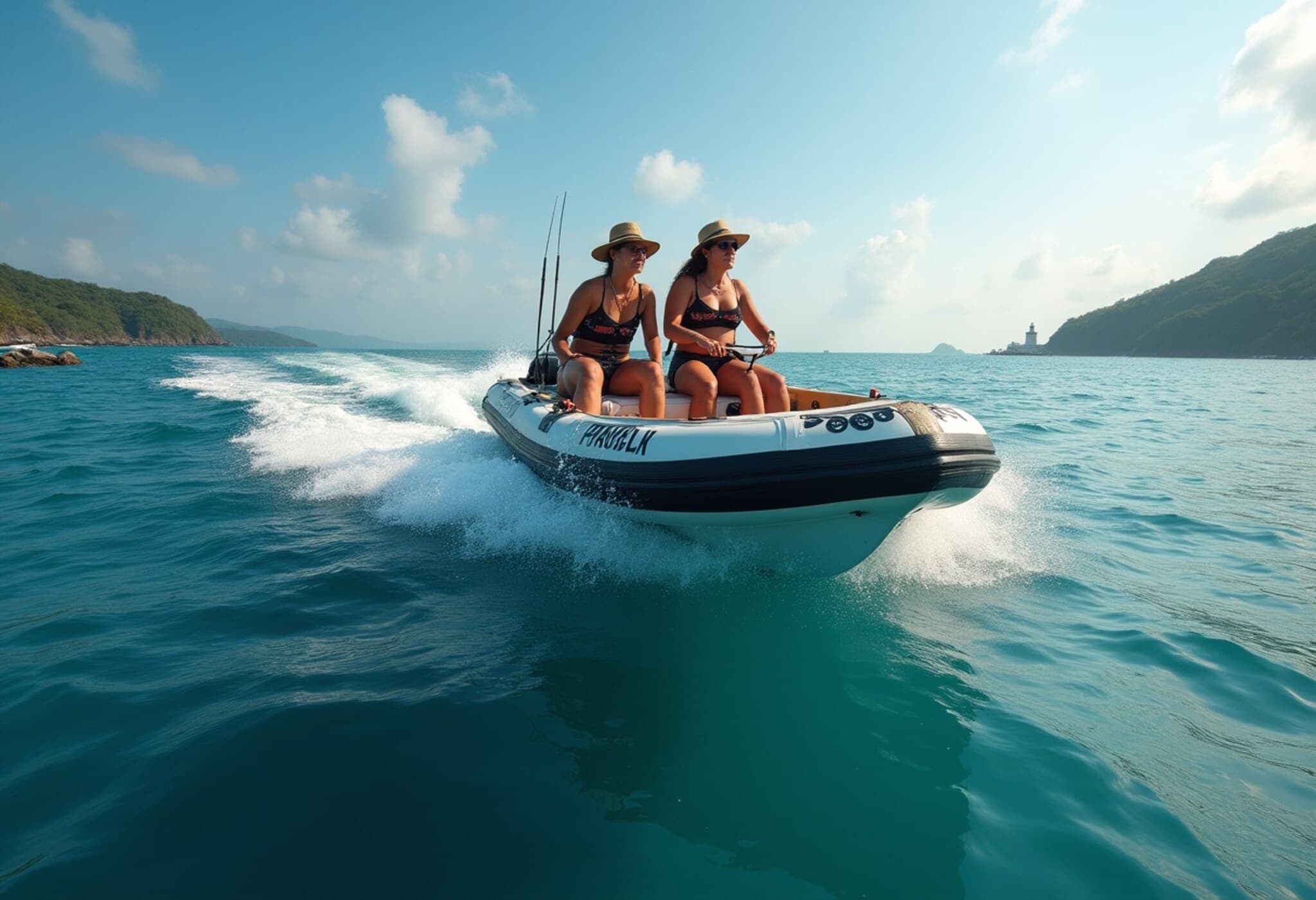Investigation Uncovers Preventable Causes Behind Titan Submersible Disaster
In a sobering revelation, the U.S. Coast Guard's recent investigation into the catastrophic failure of the Titan submersible has concluded that the tragedy was avoidable. The notorious incident, which claimed lives during a deep-sea expedition, has drawn widespread attention to critical shortcomings in safety protocols within commercial submersible operations.
Key Findings Highlight Systemic Safety Lapses
The comprehensive report, released in early August 2025, underscores that the fatal accident was not the result of an unforeseeable malfunction but rather a combination of preventable factors encompassing design flaws, operational oversights, and regulatory gaps.
- Technical Deficiencies: The Titan submersible’s hull and safety systems fell short of industry standards, suffering from inadequate testing and certification processes.
- Operational Negligence: The expedition lacked sufficient contingency planning and real-time monitoring capabilities, limiting rescue response effectiveness.
- Regulatory Oversight: The existing regulatory framework for private deep-sea submersibles was found to be insufficiently robust to enforce critical safety measures.
Contextualizing the Disaster Within Emerging Underwater Tourism
The tragedy spotlights growing concerns over the booming niche of extreme underwater tourism, where companies race to offer unique, high-risk experiences. Experts caution that without strict adherence to rigorous safety standards, the loss of life in high-profile adventures like the Titan submersible dive may become all too common.
Dr. Elaine Foster, a maritime safety expert at the Oceanic Research Institute, commented: “This incident exposes a clear gap between the technological ambitions of private ventures and the essential safety infrastructure that must govern them. Regulatory bodies need to urgently reassess certification regimes and impose transparent accountability.”
Broader Implications for Public Safety and Policy
In the United States, where private companies increasingly venture into oceanic exploration, this inquiry raises crucial questions about the adequacy of current maritime regulations. The Coast Guard has recommended enhanced inspection protocols and tighter collaboration with federal agencies to ensure passenger safety in future underwater excursions.
Policy analysts emphasize the need for a balanced approach—one that fosters innovation while prioritizing human life. The Titan disaster serves as a potent reminder that adventure tourism, especially in extreme environments, demands the highest safety vigilance to prevent repeating such losses.
Expert Recommendations Moving Forward
- Mandate third-party certification for all submersible vessels before commercial use.
- Implement real-time telemetry and emergency communication systems onboard.
- Develop comprehensive rescue response plans tailored to deep-sea expedition risks.
- Establish clear liability frameworks to enhance operator accountability.
- Promote international cooperation on regulations governing underwater tourism safety.
Editor's Note
The devastating Titan submersible disaster is a stark reminder that technological optimism must be matched by rigorous safety practices and regulatory rigor. As private companies chart bold courses into the depths, the stakes for human life have never been higher. This inquiry challenges policymakers, industry stakeholders, and adventurers alike to rethink how we balance daring exploration with responsible stewardship of life and safety.
For readers, the incident opens a conversation on how emerging tourism trends intersect with regulatory challenges, urging vigilance not only from operators but also from consumers considering participation in extreme experiences.












